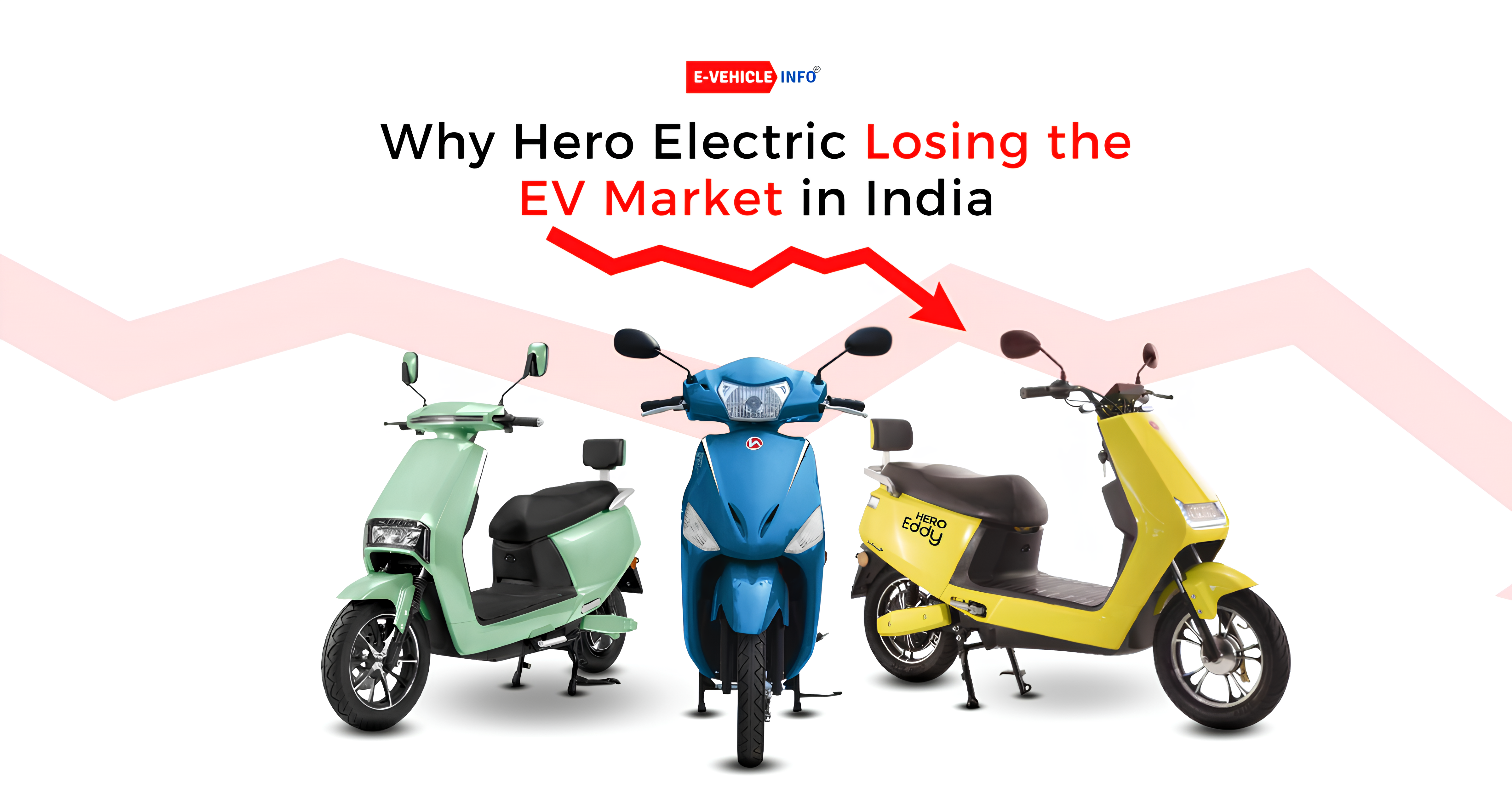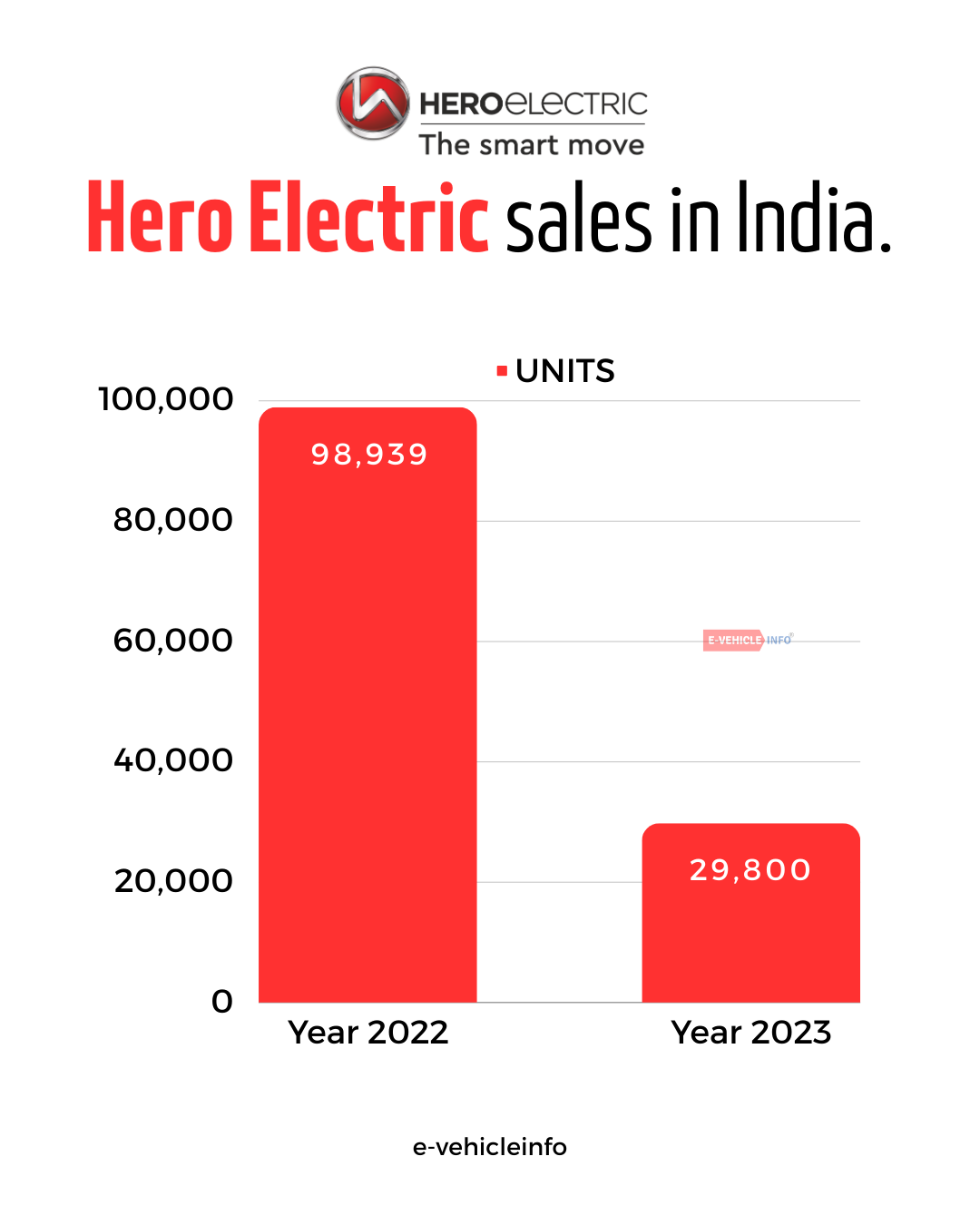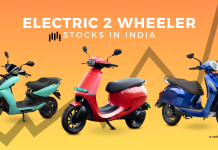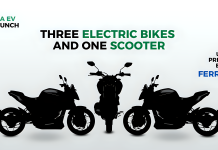
In the rapidly evolving landscape of electric vehicles, Hero Electric, once a notable contender, appears to be struggling in the advancing EV market. The year 2022 showcased the brand’s expertise with an impressive sales figure of 98,939 units, positioning itself as a key player in the electric mobility market. However, 2023 tells a different tale: Hero Electric reported a stark -70% year-on-year growth, witnessing a sharp decline to a mere 29,800 units sold. This significant setback raises questions about the brand’s performance and prompts an exploration into the factors contributing to its diminished market share, which now stands at a meager 3%.
As the world increasingly embraces sustainable alternatives, electric two-wheelers are gaining traction as pivotal players in urban transportation. Hero Electric entered this arena with promises of eco-friendly and cost-effective solutions. Despite these aspirations, the recent downturn in sales suggests a struggle to maintain relevance and competitiveness. Beyond the stark statistics, several factors may be contributing to Hero Electric’s challenges, from technological advancements by competitors to the evolving preferences of consumers.

In this article, we will delve into the reasons behind Hero Electric’s apparent decline in the EV market, digging into the complex factors that caused Hero Electric to step back from its once-strong position in the market.
Table of Contents
1] Limited Marketing Impact: Hero Electric’s Subdued Visibility
Hero Electric’s diminishing presence in the electric vehicle (EV) market is closely tied to its conservative marketing strategy. The company’s approach has been notably reserved in an industry where dynamism and visibility are critical. Unlike its more assertive competitors, Hero Electric’s subdued marketing efforts have resulted in a lack of brand resonance and reduced consumer awareness. The company’s limited engagement in online marketing, minimal vehicle discounts, and restrained display of specifications stand in stark contrast to the strategies employed by its competitors. A more proactive marketing stance is crucial in today’s competitive EV market, where effective communication and heightened visibility can make all the difference. Exploring the facets of this limited marketing approach reveals one of the key challenges that Hero Electric must address to regain its prominence in the evolving world of electric vehicles.







Usually I do not read article on blogs, however I would like to say that this write-up very compelled me to take a look at and do so! Your writing taste has been amazed me. Thanks, quite nice post.
Author kindly should know that hero electric( an extension of hero cycles)and ( hero motors)Vida are not same , it’s the quality of the prior which is the root cause of decline. Hero motors owns significant portion of shares in Ather .
Yes it’s a worst experience of owning one of them. It’s retail and service centre got shut down, I have to get it’s parts from far located centre. No home service, no exchange or upgrade offers are provided on their own brand. Basic Parts are too costly and too cheap in quality. And you have to keep them replacing till the time you get some local copy. Have brought 150₹ worth of button which last me barely 2 month two time. Then finally I got local alternative in 50₹ which still working after 8 months. Battery show voltage but can’t after 5k km so you can’t claim warranty also. Am planning to scrape my vehicle if am unable to replace battery and circuit with other local parts. Since replacing with original parts won’t make any sence.
I have 1 Hero electric dual batteries scooter
Both batteries and controller have complaints not rectified immediately I have 2 Okinawa scooters low speed and Ather .
Worst is hero electric best is Ather and moderate is Okinawa. I bought it during subsidy so costed less. Probably they were just subsidy scammers else first popular electric scooter can provide such poor quality key elements plus rest is just scrap plastic